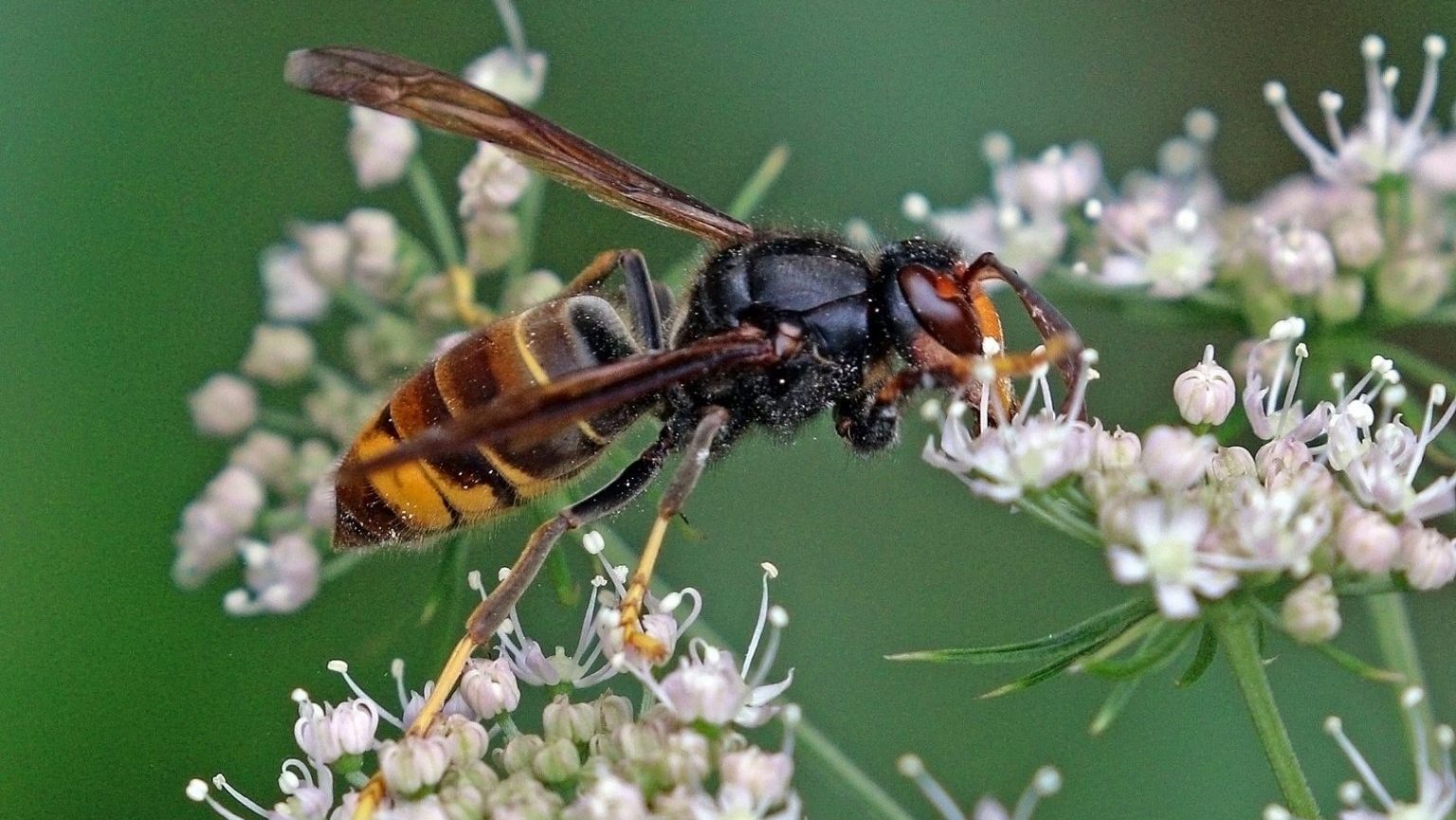Scientists sequence the genome of this threatened species

- A team at UMass Amherst recently sequenced the genome of the Canadian lynx.
- It’s part of a project intending to sequence the genome of every vertebrate in the world.
- Conservationists interested in the Canadian lynx have a new tool to work with.
If you want to know what makes a Canadian lynx a Canadian lynx, I can now—as of this month—point you directly to the DNA of a Canadian lynx, and say, “That’s what makes a lynx a lynx.” The genome was sequenced by a team at UMass Amherst, and it’s one of 15 animals whose genomes have been sequenced by the Vertebrate Genomes Project, whose stated goal is to sequence the genome of all 66,000 vertebrate species in the world.
Sequencing the genome of a particular species of an animal is important in terms of preserving genetic diversity. Future generations don’t necessarily have to worry about our memory of the Canadian Lynx warping the way hearsay warped perception a long time ago.

13th-century fantastical depiction of an elephant.
Artwork: Guillaume le Clerc / Wikimedia Commons
It is easy to see how one can look at 66,000 genomic sequences stored away as being the analogous equivalent of the Svalbard Global Seed Vault. It is a potential tool for future conservationists.
But what are the practicalities of sequencing the genome of a lynx beyond engaging with broad bioethical questions? As the animal’s habitat shrinks and Earth warms, the Canadian lynx is demonstrating less genetic diversity. Cross-breeding with bobcats in some portions of the lynx’s habitat also represents a challenge to the lynx’s genetic makeup. The two themselves are also linked: warming climates could drive Canadian lynxes to cross-breed with bobcats.
John Organ, chief of the U.S. Geological Survey’s Cooperative Fish and Wildlife units, said to MassLive that the results of the sequencing “can help us look at land conservation strategies to help maintain lynx on the landscape.”
What does DNA have to do with land conservation strategies? Consider the fact that the food found in a landscape, the toxins found in a landscape, or the exposure to drugs can have an impact on genetic activity. That potential change can be transmitted down the generative line. If you know exactly how a lynx’s DNA is impacted by something, then the environment they occupy can be fine-tuned to meet the needs of the lynx and any other creature that happens to inhabit that particular portion of the earth.
Given that the Trump administration is considering withdrawing protection for the Canadian lynx, a move that caught scientists by surprise, it is worth having as much information on hand as possible for those who have an interest in preserving the health of this creature—all the way down to the building blocks of a lynx’s life.





